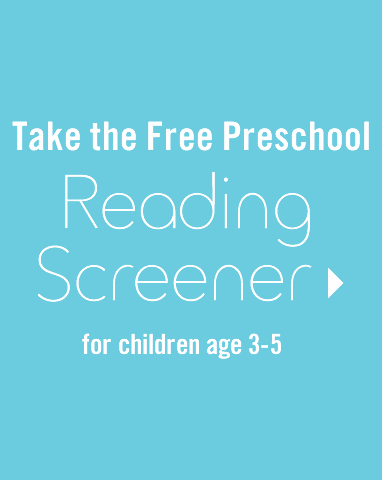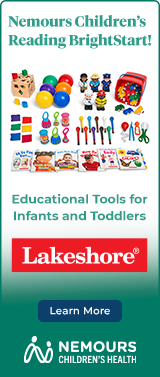In order to become strong readers and spellers, children must learn to segment and blend individual sounds in words. In this activity, your child will learn to use objects to visually represent the sounds in words.
- pictures of objects that have three or four distinct sounds (Note: There is not always a one-to-one match between sounds and letters)
three sounds:
bus - /b/u/s/
bed - /b/e/d/
fish - /f/i/sh/
web - /w/e/b/
bath - /b/a/th/
four sounds
steak – /s/t/a/k/
truck - /t/r/u/k/
block - /b/l/o/k/
brush – /b/r/u/sh/
skate - /s/k/a/t/
- five small objects to use as counters (e.g., pennies, buttons)
- index cards (blank)
Preparation
Step 1: Locate pictures of the objects shown above in the supplies list.
Step 2: Draw a horizontal row of five boxes on an index card.
Activity
Step 1: Place the index card, counters and one of the pictures on a table in front of your child.
Step 2: Say the name of the object and see if your child can tell you how many sounds are in the word.
You might say: “Listen. (bus) How many sounds are in the word (bus)? Let’s say it slowly. /b/u/s/.”
Step 3: Tell your child: “For each sound that you hear, place a counter into one of the boxes on your card.”
Step 4: Ask your child to count the counters to find out how many sounds are in the word.
Step 5: Continue with several more words, assisting your child as needed.
If your child is unable to blend the sounds in the word, place a picture on the table or floor in front of your child. You say each sound in the word, one sound at a time, while you place a counter on the card for each sound.
Invite your child to guess which word you are saying. “Listen. /b/u/s/ What’s the word? That’s right! (bus). Count the pennies to find out how many sounds are in (bus).”
Choose a picture randomly from one of your child’s favorite picture books. Be sure that the word has just three to five sounds. Say each sound in the word, one sound at a time. Ask your child to find the picture that matches the word you said, and have him tell you how many sounds he heard.
For example, you might say: “I am looking at the /f/i/sh/. Touch the picture of /f/i/sh/.” See if he can tell you how many sounds are in the word.








